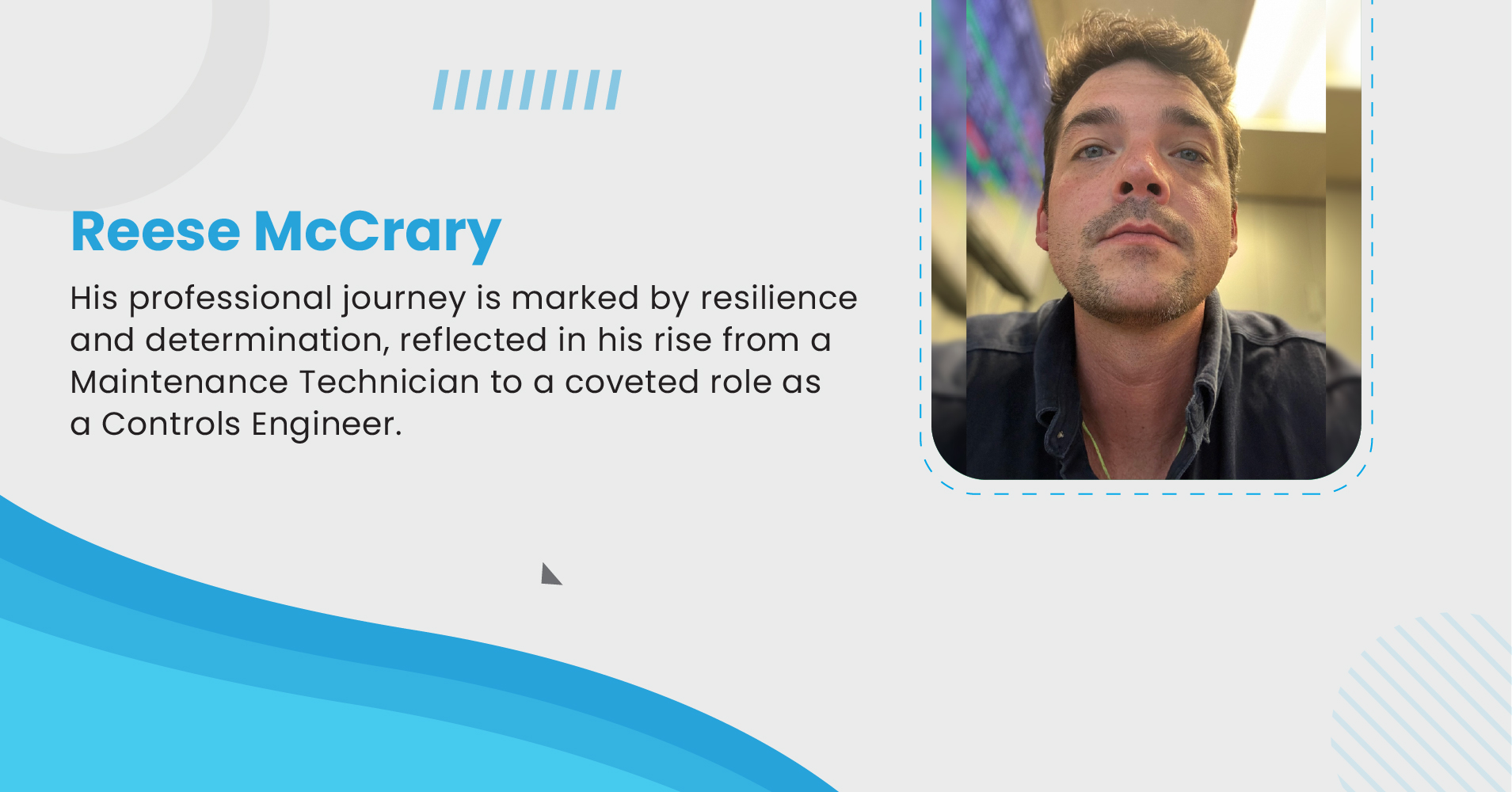
In the realm of engineering, where innovation meets precision, persistence stands out as a pivotal force driving professionals toward success. The journey of an engineer is marked by complex challenges, steep learning curves, and, often, the inevitable presence of failure. However, it is persistence—that unwavering commitment to overcoming obstacles—that transforms potential setbacks into stepping stones. This article delves into the crucial role of persistence in professional engineering, illustrating how this trait not only fosters resilience but also propels engineers to achieve and exceed their professional goals.
The Essence of Persistence in Engineering
Persistence in engineering is not merely about stubbornness or a refusal to give up; it’s about a thoughtful determination that fuels problem-solving and innovation. Engineers face a variety of challenges, from technical problems and project setbacks to bureaucratic hurdles. The ability to persistently address and navigate these issues is what often distinguishes successful projects and engineers from those that falter.
Understanding Persistence
Actual persistence involves a deep engagement with projects, the ability to anticipate and react to challenges, and the tenacity to keep pushing boundaries, even when solutions are not readily apparent. It means adapting to new information, learning from mistakes, and continuously striving for improvement.
Persistence Through Education and Continuous Learning
The field of engineering is ever-evolving, with new technologies, methods, and materials emerging regularly. Staying relevant and effective as an engineer requires a commitment to lifelong learning—a form of persistence that involves continually updating and expanding one’s skill set.
Lifelong Learning as Persistence
Professional development can take many forms, from formal education, such as advanced degrees and certifications, to informal learning, like online courses, workshops, and seminars. Regularly engaging with professional bodies and publications also helps engineers stay abreast of industry trends and best practices.
Overcoming Project Setbacks with a Persistent Mindset
Engineering projects, especially large-scale ones, are susceptible to various setbacks. These can range from technical failures and design flaws to budget overruns and scheduling delays. A persistent engineer views these setbacks not as insurmountable barriers but as opportunities to learn and grow.
Strategies for Managing Setbacks
The key to managing project setbacks lies in maintaining a solution-oriented approach. This involves systematically analyzing what went wrong, determining how to fix it, and adjusting the project plan accordingly. Persistence here means not just trying to find a solution but finding the best solution under the given circumstances.
The Role of Persistence in Team Leadership and Mentorship
Persistence is equally vital in the context of team management and mentorship. Leading by example, an engineer who demonstrates persistence inspires their team to tackle challenges with a similar tenacity. This trait is crucial when projects hit inevitable rough patches, as the leader’s attitude can significantly influence the team’s morale and performance.
Fostering a Culture of Persistence
In mentorship, persistence is about pushing mentees to go beyond their comfort zones, encouraging them to take on challenging projects, and supporting them through failures. It’s about instilling a sense of resilience and teaching them the value of perseverance through personal example and consistent guidance.
The Psychological Resilience Factor
Persistence is deeply tied to psychological resilience—the mental muscle that allows professionals to bounce back from failures and stress. For engineers, developing resilience is crucial, as the nature of their work often requires solving complex problems under pressure.
Building Resilience in Engineering
Engineers can build resilience by maintaining a balanced perspective on success and failure, setting realistic expectations, and developing robust coping strategies for stress. Networking with peers and participating in a supportive professional community can also provide emotional resources and a sense of solidarity.
Lasting Impact of a Persistent Engineer
In the long run, the persistent pursuit of excellence and innovation establishes engineers as leaders and pioneers within their industries. Their legacy is not just the projects they complete or the problems they solve but the influence they have on future generations of engineers who learn from their challenges and successes.
The Long-Term Rewards of Persistence in Engineering
The benefits of persistence extend beyond project completion or career advancement. Persistent engineers often drive innovation, setting new standards and practices that can transform their fields. Their careers are marked by a trajectory of continuous improvement and significant contributions to both their organizations and the broader engineering community.
The Indispensable Virtue of Persistence
Persistence is more than a personal trait; it is a professional imperative in engineering. It shapes how engineers learn, work, and lead, playing a critical role in their success and satisfaction. By embracing and cultivating persistence, engineers can ensure they not only survive the rigors of their profession but thrive, making lasting contributions to the world of engineering.